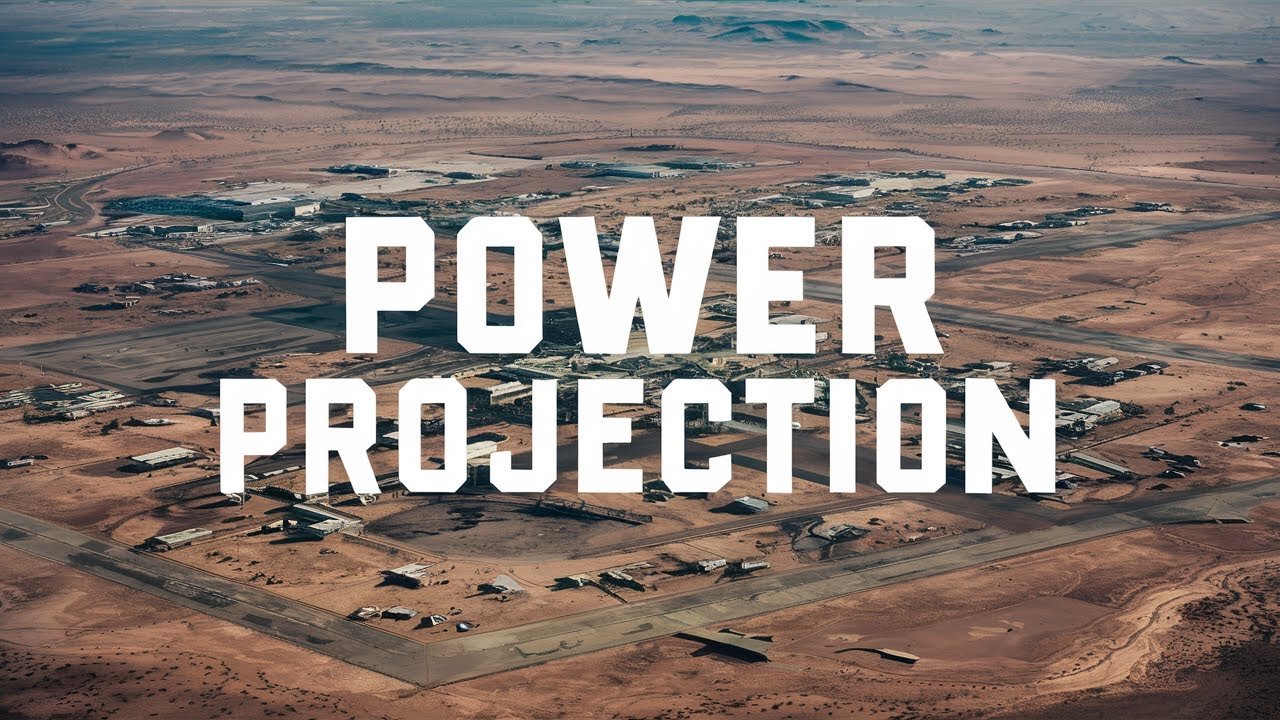- Power projection is the ability of a nation to deploy military force outside its territory sustainably.
- Historical examples of power projection include Alexander the Great, the Roman Empire, the Carthaginians, the Mongols, Ming China’s treasure fleet, and European colonial empires.
- In the modern era, the United States, China, and Russia are prominent in their use of power projection, employing both hard and soft power strategies.
- Power projection requires substantial resources, including wealth, military equipment, and expertise in logistics, intelligence, and support infrastructure.
- The purposes behind power projection can include deterrence, resource acquisition, and a direct response to perceived threats.
- Power projection is categorized into hard power (direct military action) and soft power (non-violent methods such as diplomacy and economic influence).
- 21st-century technologies and capabilities, including cyber warfare and mercenary organizations, are enabling new forms of power projection.
- Smaller nations are increasingly engaging in power projection, using modern military technology and forming new alliances.
- The video predicts that power projection will become even more important globally, influencing future military strategies and international relations.
This summary has been generated by AI.

Leave a Reply